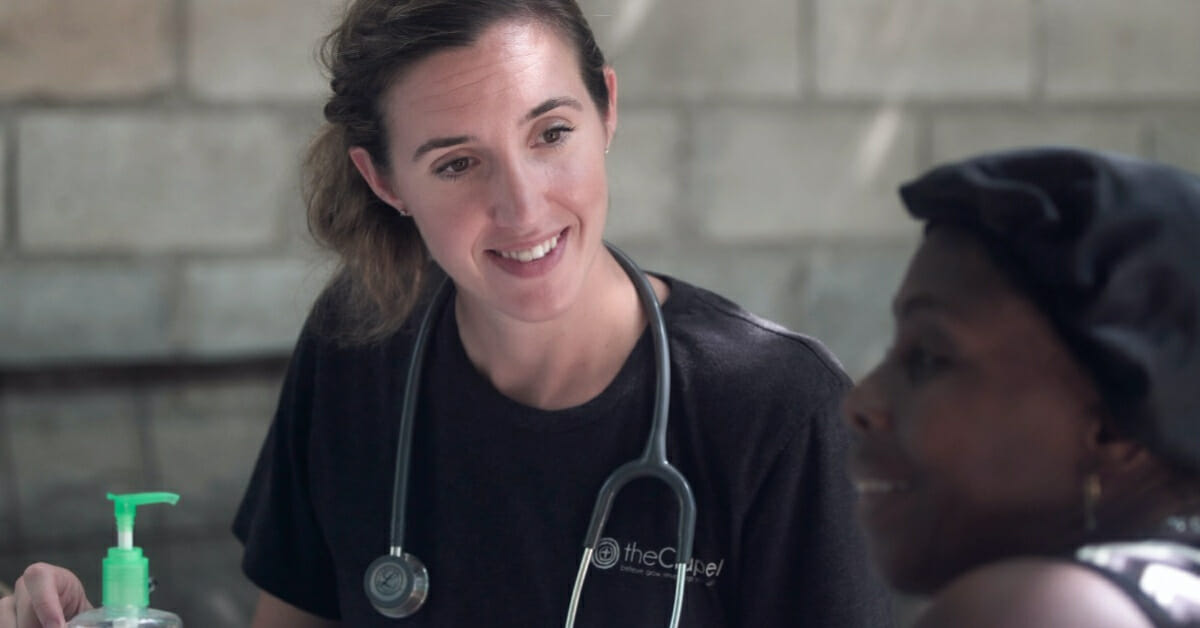Clinical skills are the hands-on, practical techniques that nurses must master to provide safe and effective patient care. They range from essential hygiene and sterility practices to more advanced procedures such as intravenous catheter insertion, wound care, and medication administration, ensuring nurses are well-prepared for real clinical settings.
For nursing students, learning these skills is essential to bridge the gap between theory and practice. This course provides comprehensive training through step-by-step video demonstrations, helping students build competence and confidence in areas such as vital signs, postoperative care, blood collection, and patient safety—foundations critical for exams, clinical rotations, and professional nursing practice.
Learning objectives
After the completion of this course, you will be able to:
- Explain the principles of hygiene and sterility and their importance in preventing healthcare-associated infections.
- Identify the correct methods for measuring and interpreting vital signs and their clinical significance.
- Describe the procedures and safety considerations for intravenous catheter use, including insertion, maintenance, and monitoring.
- Recognize the types and functions of tubes and drains commonly used in patient care.
- Outline best practices for assisting with hygiene and personal care while promoting patient dignity and comfort.
- Summarize elimination procedures and the nurse’s role in supporting patients with urinary or bowel needs.
- Discuss the appropriate use of restraints and injury precautions, including ethical and legal considerations.
- Explain wound care principles, including assessment, cleaning, and dressing techniques to support healing.
- Describe key aspects of postoperative care, including monitoring for complications and supporting recovery.
- Outline safe procedures for blood collection and medication administration, as well as the components of admission and history assessments.
Course outline
- Hygiene and Sterility
- Vital Signs
- Intravenous Catheters
- Tubes and Drains
- Assisting with Hygiene and Personal Care
- Elimination
- Restraints and Injury Precautions
- Wound Care
- Postoperative Care
- Blood Collection
- Medication Administration
- Admission and History Assessment

